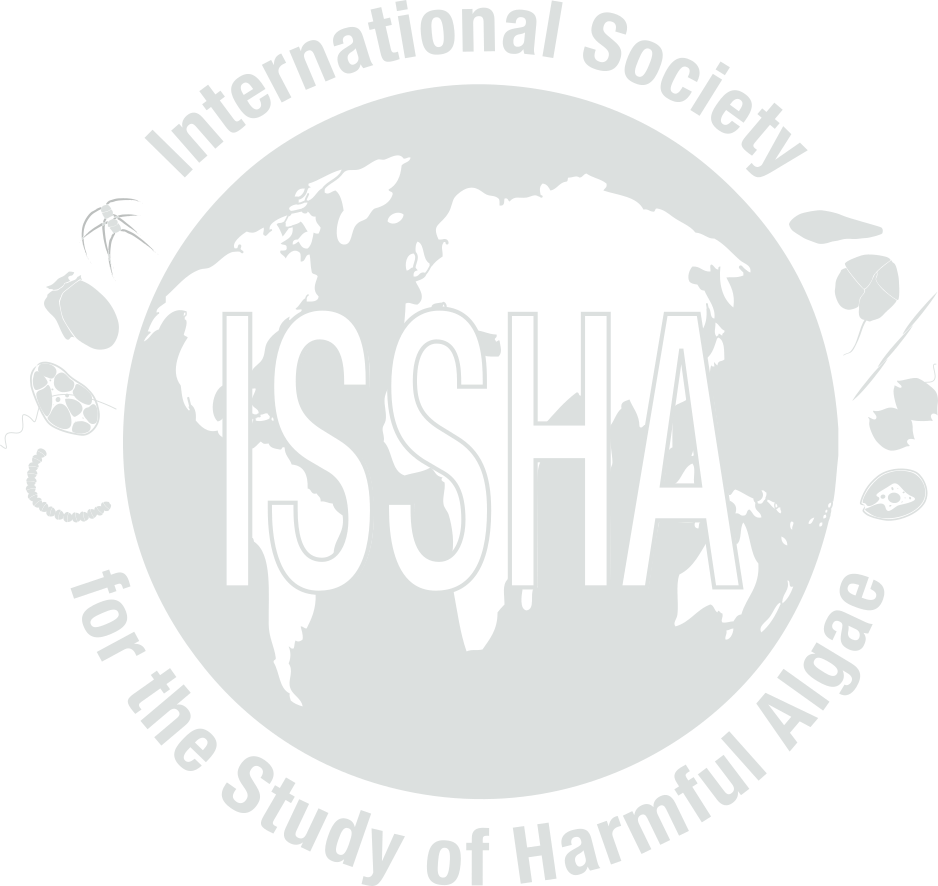|
Event name:
|
ES-90-004
|
|
Country:
|
SPAIN
|
Nature of the harmful event:
|
Seafood toxins
|
Event directly affected:
|
|
|
Toxicity detected:
|
Yes
(Approximate range: > 80 µg STXeq / 100 g.)
|
|
Associated syndrome:
|
PSP
|
|
Unexplained toxicity:
|
No
|
|
Species implicated in toxin transmission (transvector):
|
|
|
Report the outcome of a monitoring programme:
|
Yes
|
|
Event occurred before in this location:
|
Yes
(In October and November 1976 was the first PSP outbreak detected in this area. It was probably caused by a G. catenatum bloom. This species has appeared in the Rias Bajas Gallegas in association with PSP episodes each year since 1985.)
|
|
Individuals to contact:
|
BRAVO, Isabel
,
REGUERA, Beatriz
|
|
Causative organism known:
|
Yes
|
|
Causative Species/Genus:
|
Gymnodinium catenatum
(118,000 cells/L)
3 July. Until 29 October, in Ria de Vigo.
|
|
Co-Ocurring Species/Genus:
|
|
|
Chlorophyll concentration, if known:
|
µg/l
|
|
Additional bloom information:
|
Sampling was carried out with a hose-sampler (recommended by I.C.E.S., WG of 1986) at 0-5, 5-10 and 10-15 m.
|
|
Event-related bibliography:
|
|
|
Weather:
|
|
Turbidity (NTU):
|
|
Wind direction:
|
|
|
Stratified water:
|
No |
Oxygen content (nL/L):
|
|
Wind velocity:
|
|
|
Temperature (°C):
|
|
Oxygen saturation %:
|
|
Current Direction:
|
|
|
Sechhi disk (m):
|
|
Salinity:
|
35
|
Current Velocity:
|
0
|
|
|
Nutrient information:
|
|
|
Temperature Range During Event:
|
Max: 18 °C, Min: 15 °C
|
|
Salinity Range During Event:
|
|
|
|
Bloom location in the water column:
|
|
|
Growth:
|
Advected
|
|
Growth Comments
|
The highest concentrations were found on the outermost stations and in the more southener Rias (Vigo and Pontevedra). It is suggested that warm offshore surface water was transported into the ria as the summer upwelling ceased pushing G. catenatum populat
|
|
Additional Environmental information:
|
In July and in August there was a strong thermal gradient between 0 and 15 m. Stratification was maximal at the end of July. The water column was well mixed from the begining of October onwards.
|



